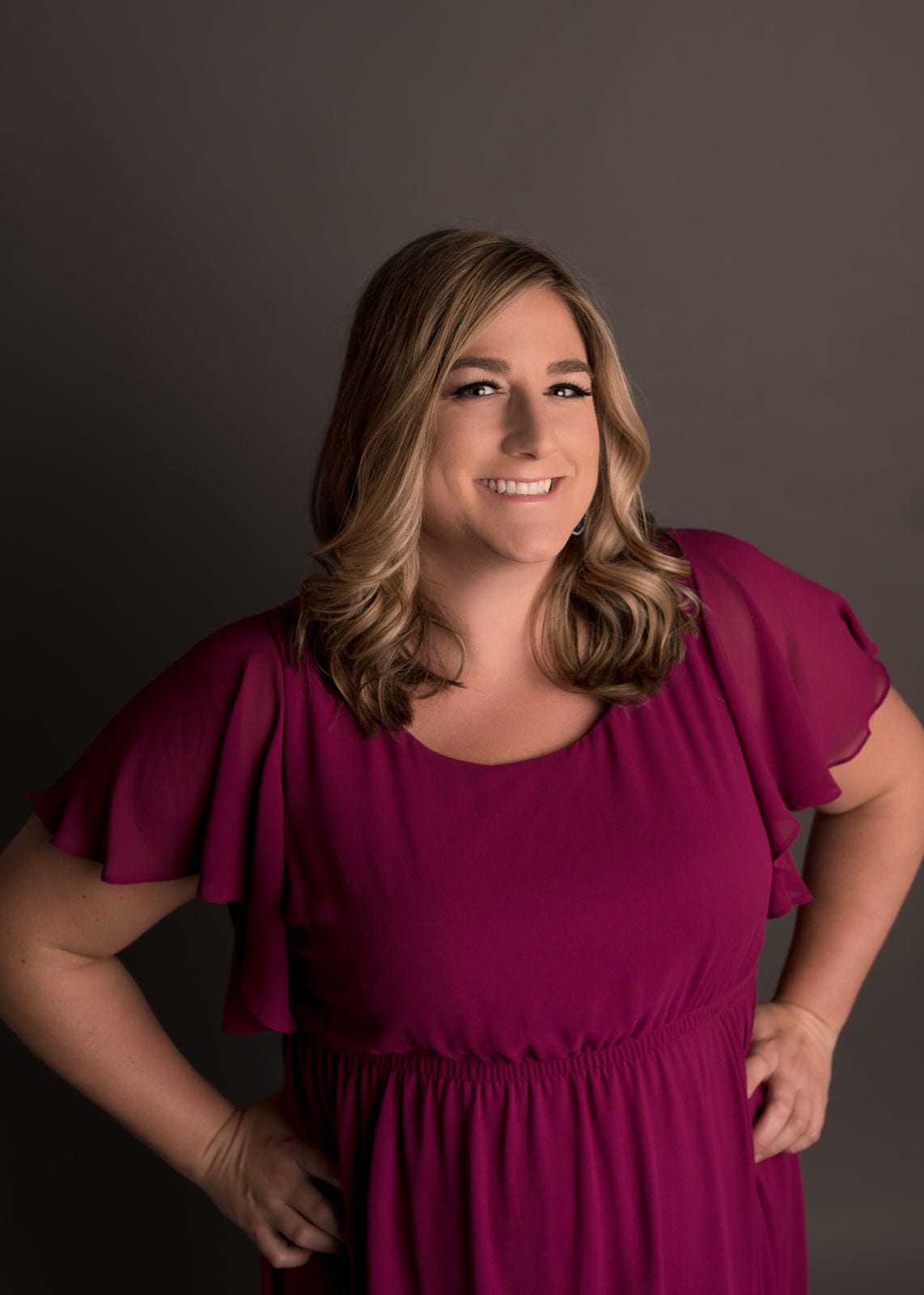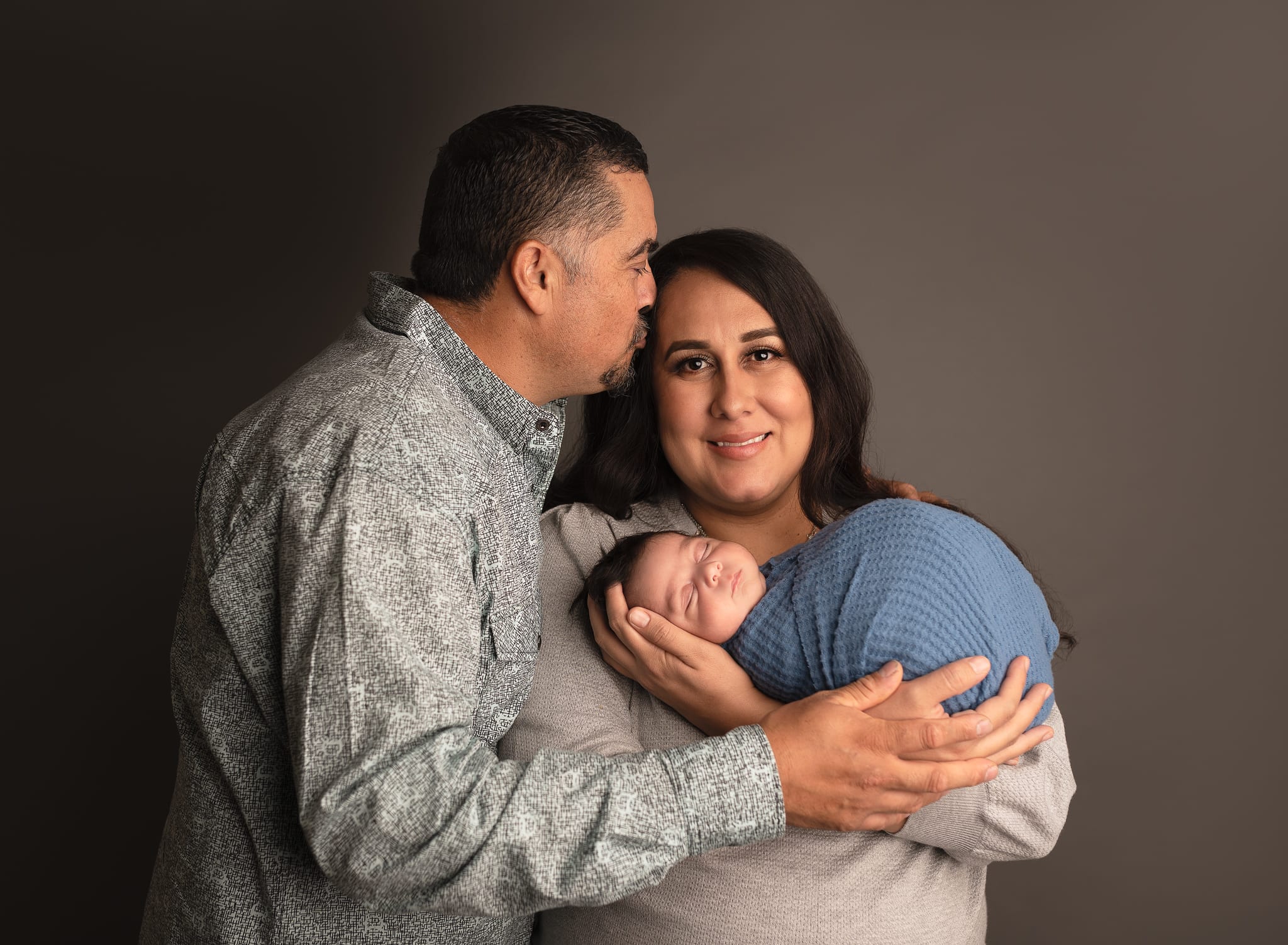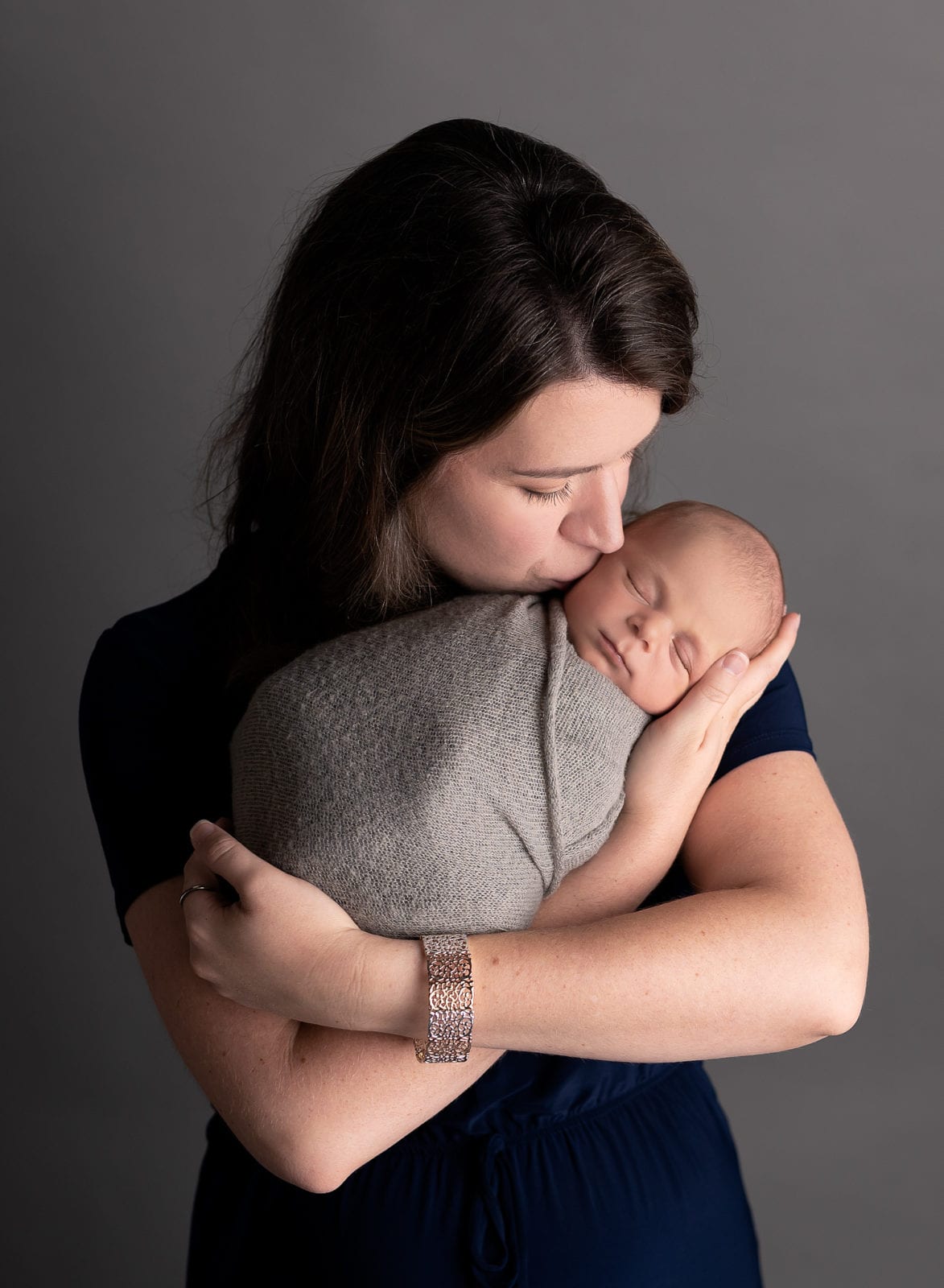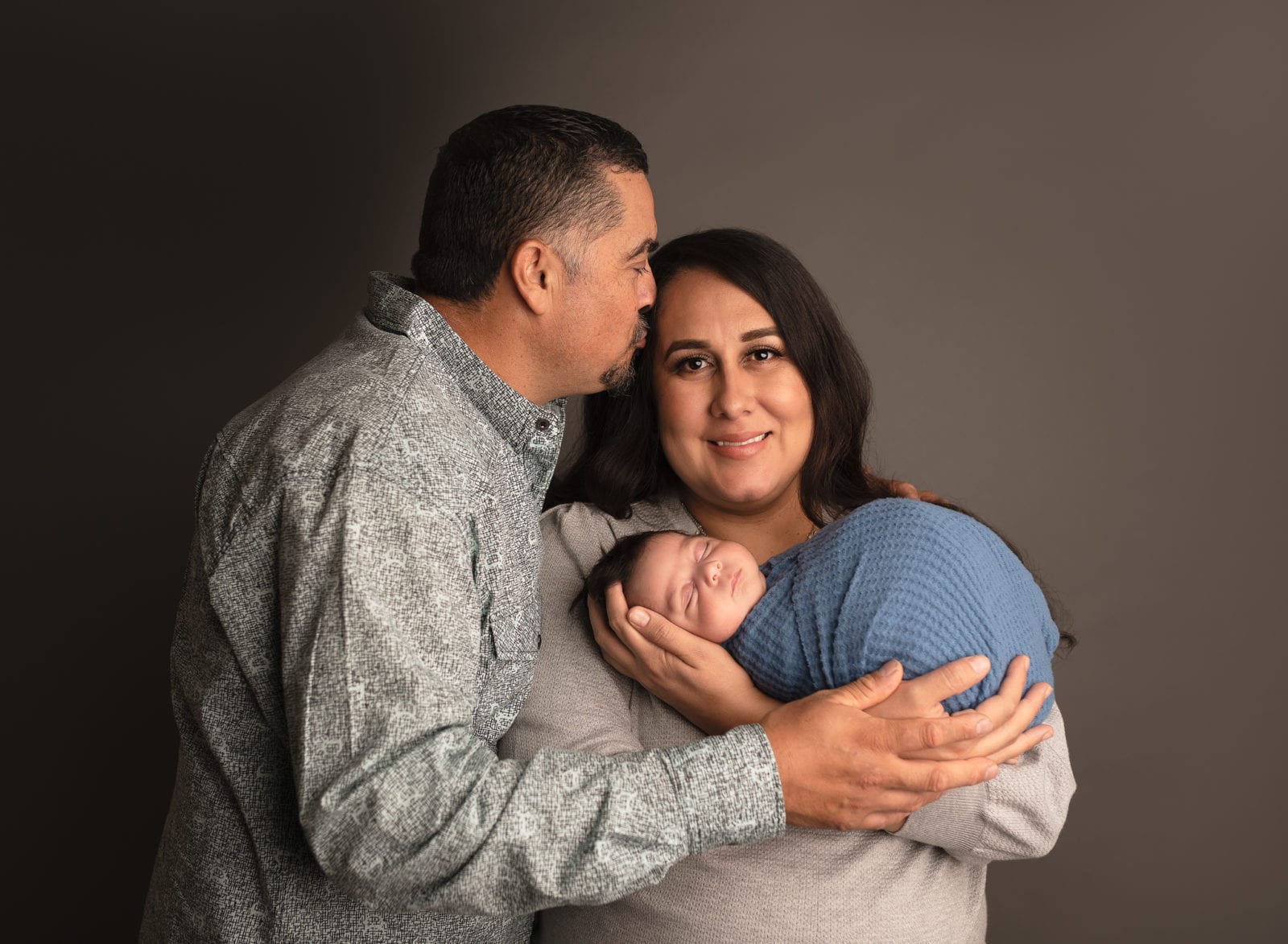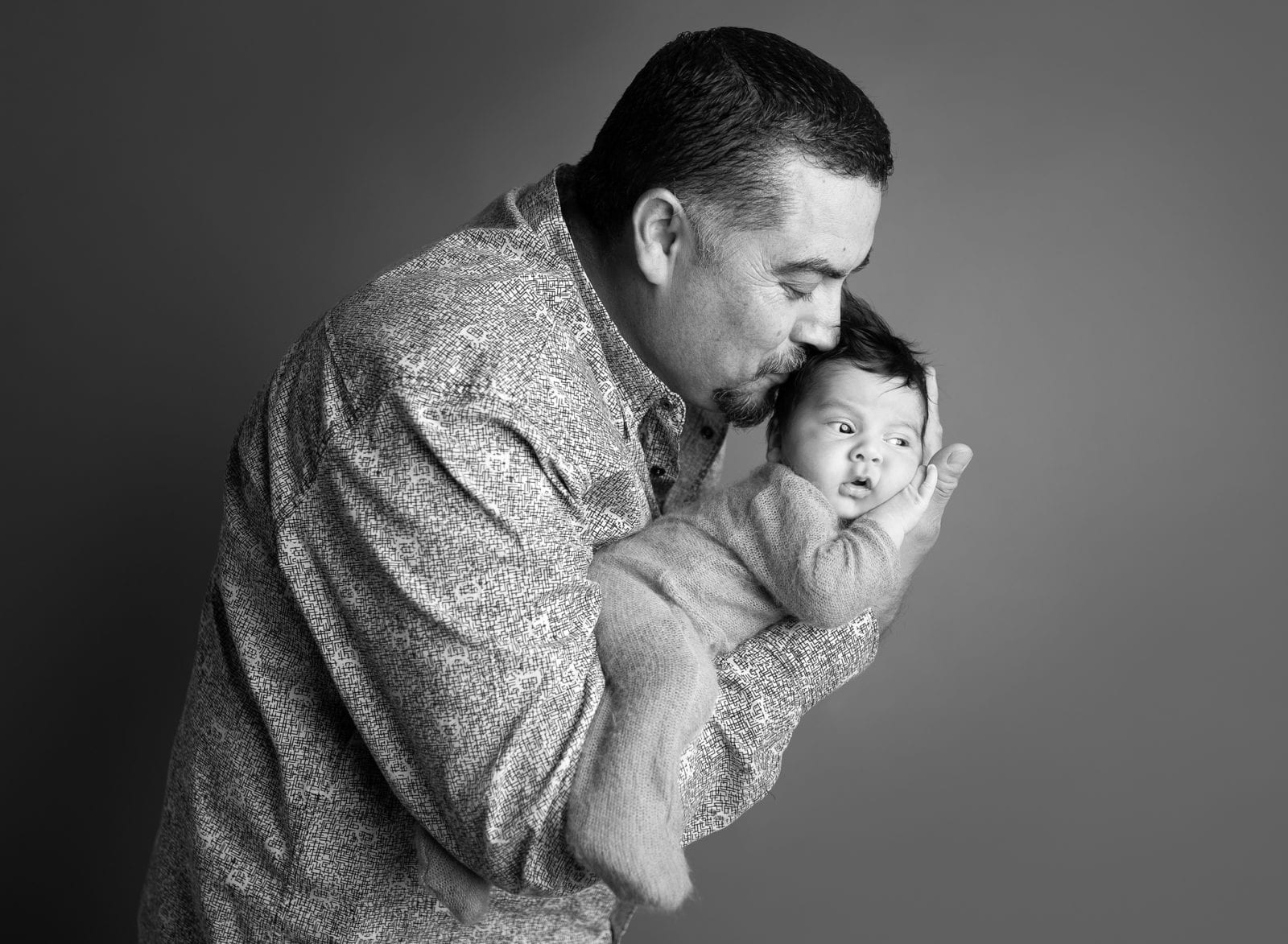Is Attachment Parenting the Right Method For You and Your Baby?
There isn’t one correct way to raise a child, and there are plenty of good resources out there to help moms and dads who prefer guidance and strategy to trial and error or just winging it. For some parents, it isn’t as simple as “I’m going to love and support my child his whole life, no matter what,” or in some cases, “I’ll just do the opposite of whatever my own parents did.” Some parents want an intentional approach to their parenting in hopes of increasing the likelihood of raising happy, independent children.
Experts have identified and studied a variety of parenting methods, including authoritative, authoritarian, and permissive, all of which were identified and researched by psychologist Diana Baumrind. Another parenting style, however, has become more widely known and trendy in recent years, known as “attachment parenting.” But, like all known and studied parenting methods, it has its benefits and its faults.
What Is Attachment Parenting?
Coined by pediatrician William Sears, “attachment parenting” refers to an intentional method of parenting that focuses on the nurturing connection between parent and child. Sears and his wife Martha, a registered nurse, coined the term in the 1980s and then outlined the attachment parenting philosophy in their book The Attachment Parenting Book in 2001.
Sears’ philosophy promotes the idea that attachment should go beyond parental empathy by also including near-constant body closeness. Attachment parenting, according to promotes eight principles:
1. Prepare for pregnancy, birth, and parenting. Attachment parents believe part of the method includes a positive mindset during pregnancy in order to prepare for the emotional demands of parenthood.
2. Feed with love and respect. Attachment parents believe breastfeeding allows for a stronger bond between mother and child and allows the baby to learn to rely on the parent for their needs.
3. Respond with sensitivity. Rather than encouraging babies to self-soothe, proponents of attachment parenting believe that distressed babies should be responded to quickly, consistently, and with love and empathy.
4. Use nurturing touch. Skin-to-skin contact is a key factor in attachment parenting. Proponents of the philosophy rely heavily on baby-wearing in order to provide as much physical contact as possible to promote security and affection.
5. Ensure safe sleep, physically and emotionally. Attachment parents choose to co-sleep with their babies and children and discourage sleep training. With co-sleeping, a baby sleeps in the same room as the parent to allow for quick response to any nighttime needs. Most pediatricians advise against sleeping in the same bed as an infant, however, because it could increase the chances of SIDS (Sudden Infant Death Syndrome).
6. Provide constant, loving care. Proponents of the attachment method encourage as little parent-child separation as possible. They believe that if the child has to be watched by someone other than a parent, it should be someone who already has an established, close bond with the baby.
7. Practice positive discipline. Attachment parents choose to guide and model positive behavior as early as possible in their babies ’ lives. Rather than punishment, the attachment method aims to use communication to first figure out what is causing the negative behavior and then redirect it and find a solution together.
8. Strive for balance in personal and family life. The attachment method also puts focus on each family member’s personal well-being in order to be “balanced.” Proponents encourage a support network, realistic goals, and self-care.
Does It Work?
Just as with any method of parenting, the attachment philosophy has its criticisms. While it has become a popular method in recent years, experts worry that the demands of the practice wear down parents.
All parents of babies are familiar with fatigue, especially in the early months after birth. Getting up several times during the night to feed, changing diapers, worrying about your newborn’s health — it’s exhausting. But attachment parents add on a few more stressors, like constantly carrying or wearing their baby, on-demand feedings, hardly allowing for separation or time away, and even co-sleeping.
Some parenting consultants believe that while the intentions of the attachment method are good — constant, attentive care for a baby to ensure they become secure and emotionally healthy — it isn’t exactly a perfect model.
Attachment parenting discourages self-soothing, which, experts argue, is an important tool for babies to learn so that they can be independent as they grow. The same argument can be made for co-sleeping. A child who grows accustomed to sleeping in the same room, or the same bed, as their parent, might have a more difficult time being away from their parents for very long, as they rely on mom and dad for their every need.
It’s hard to find definitive research on how attachment parenting affects children in the long term, but its popularity continues to be widespread, and plenty of attachment parents share their experiences with the methods online.
Attachment Parents Give Their Perspective
For some attachment parents, using the philosophy as a mentality rather than a method is the key, choosing to keep in mind the ideas of affection, quick response to distress, and communication as the focus of parenting instead of using every specific practice outlined on the attachment parenting website.
“I still breastfeed my two-year-old,” said Melanie McCormick. “We co-sleep. We talk through tantrums rather than ignore them. We tried babywearing, but it wasn’t for us. I just try to follow his lead on his needs.”
For adoptive parent Andrea Barry, attachment parenting is important for her kids who have experienced trauma. “Some children, for various reasons, don’t have that immediate bonding with a birth mother. This can happen in NICU babies, babies who are relinquished, or other reasons those connections aren’t made. Attachment is the normal relationship between a parent/caregiver and child. Many parents are just normally that way and attachments happen naturally. Other times parents need to be very intentional about their parenting style to nurture that bond.”
Heather Michaels, who used attachment parenting with all of her children, now ages 10, 7, and 5, said she worries that the method had its benefits when her children were babies, but has made them less independent now that they’re older. “They are really clingy and constantly asking for my help with things they could do on their own. It can be frustrating,” Michaels said.
Additional Reads for Attachment Parenting
Attachment Parenting: Instinctive Care for Your Baby and Young Child by Katie Allison Granju and Betsy Kennedy. A comprehensive guide to the attachment method, Granju and Kennedy’s Attachment Parenting explains how some common parenting techniques can be detrimental and includes advice from experts, pediatricians, and parents.
Beyond the Sling: A Real-Life Guide to Raising Confident, Loving Children the Attachment Parenting Way by Mayim Balik. Big Bang Theory star Mayim Balik, who also earned a Ph.D. in neuroscience from UCLA, writes about her experience using attachment parenting with her children that, to her, felt right and instinctual.
PIN IT:
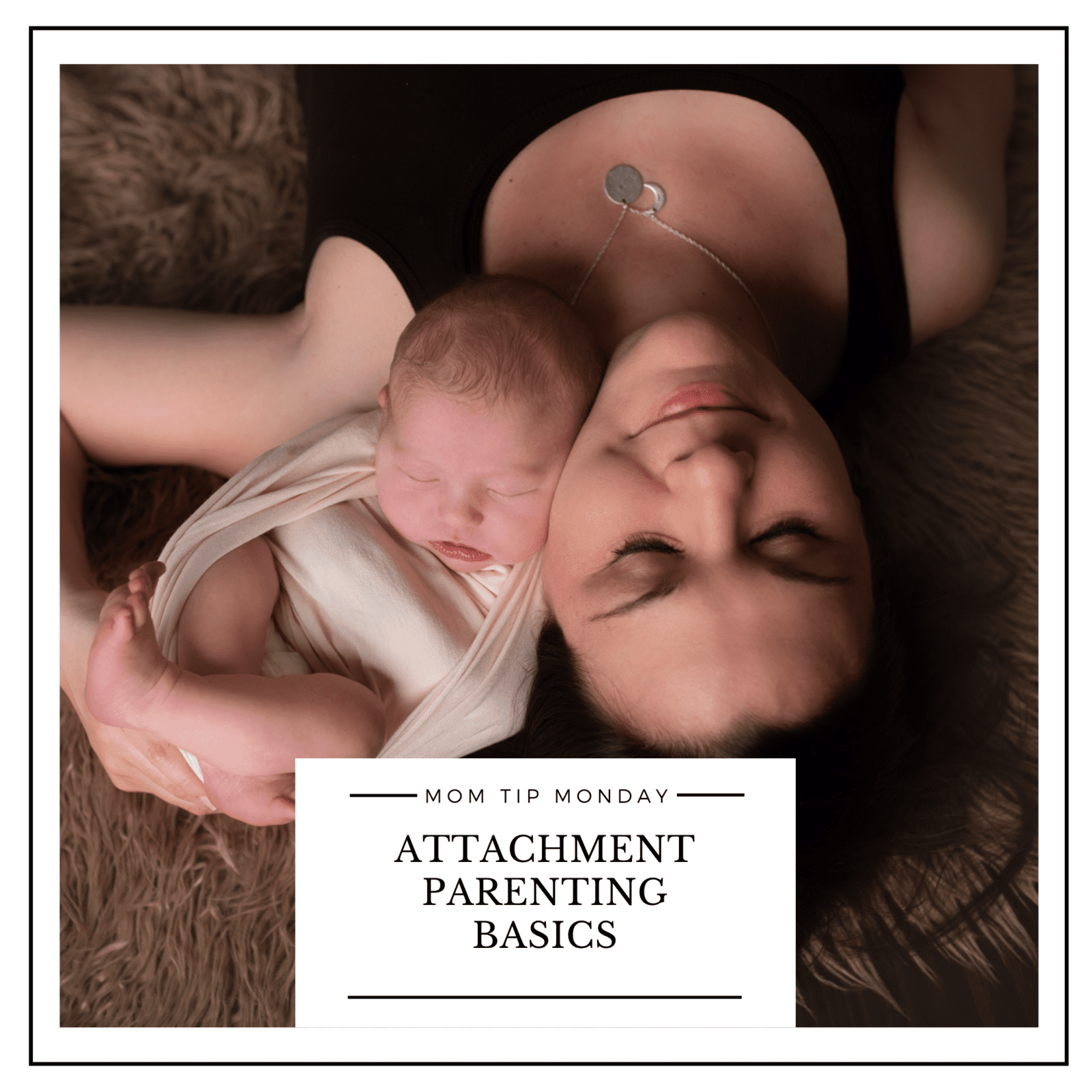
Austin Maternity and Newborn Photographer
Hey there! I’m Jen Rizy, an Austin based maternity, and newborn photographer. I have a studio located in the Cedar Park area but also schedule sessions outdoors, on location. The best time to contact a photographer about scheduling maternity and newborn photos is when you enter your second trimester to ensure availability on their calendar. You can see more of my work HERE.
